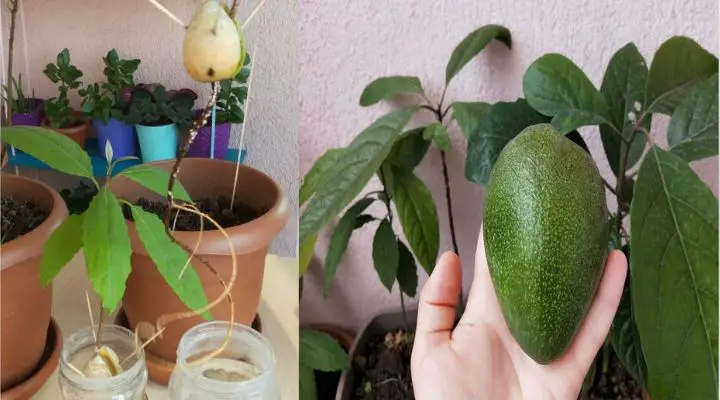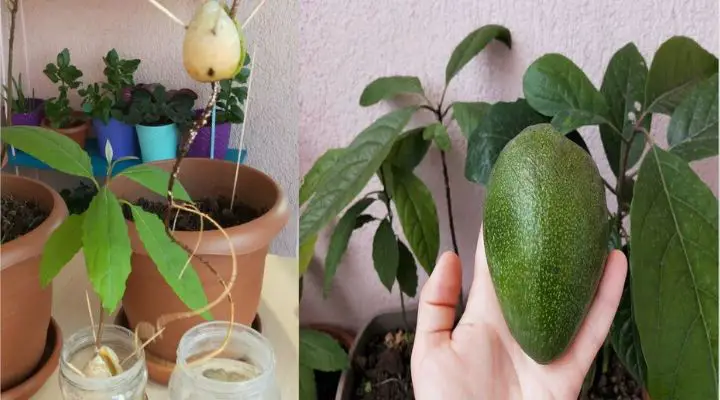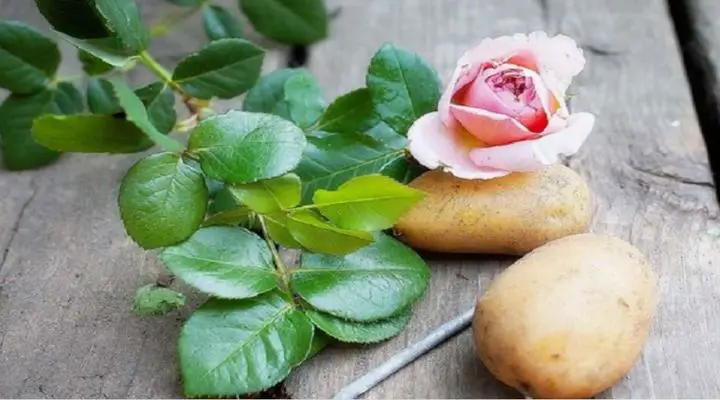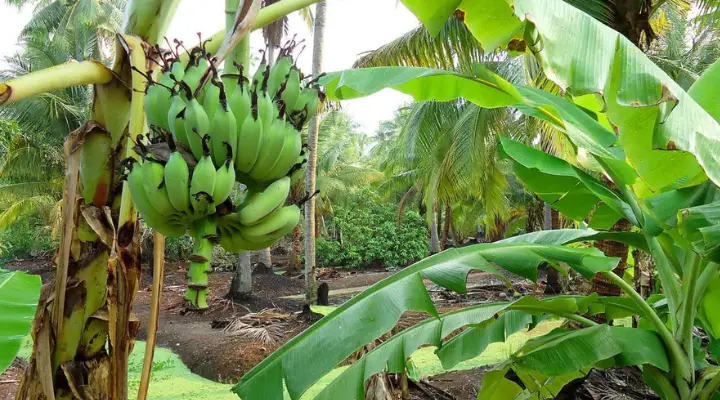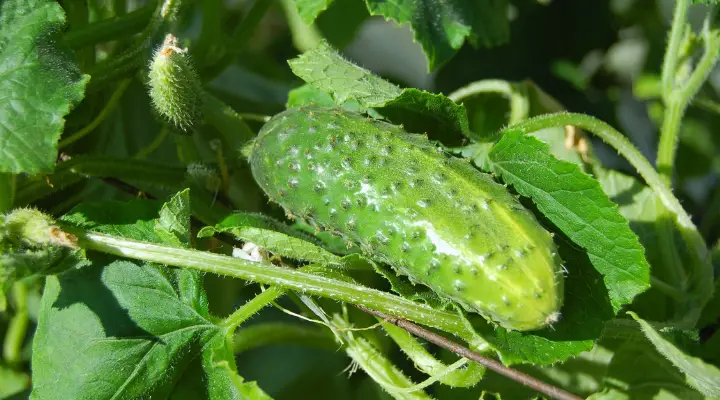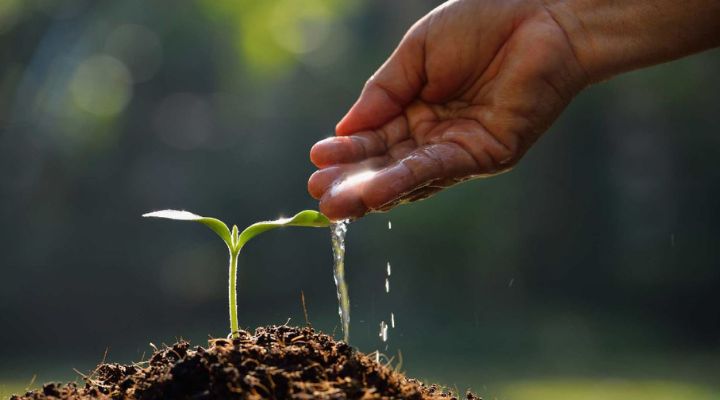Growing an avocado in a pot at home is a rewarding experience. Not only do you get to enjoy fresh avocados, but you also have a beautiful plant to enhance your indoor space. This guide will take you through each stage of growing an avocado in a pot, from selecting the right variety to harvesting your delicious fruit.
Choosing the Right Avocado Variety
Why Variety Matters
Choosing the right avocado variety is crucial for successful growth. Some varieties are better suited to pot cultivation due to their smaller size and adaptability. The wrong variety might grow too large or require more space than a pot can provide.
Best Varieties for Pots
Some of the best avocado varieties for growing in pots include ‘Wurtz’, ‘Lamb Hass’, and ‘Little Cado’. These varieties are dwarf or semi-dwarf, making them ideal for container growth. They are more manageable and produce fruit that is just as tasty as their larger counterparts.
Preparing the Pot and Soil
Selecting the Right Pot
Choosing the right pot is essential for the health of your avocado plant. A pot with good drainage is crucial to prevent root rot. It should be at least 15-20 gallons in size to accommodate the growing roots. Materials like terracotta or plastic work well, but ensure there are enough drainage holes.
Ideal Soil Mix for Avocado Plants
Avocado plants thrive in well-draining soil. A mix of potting soil with sand or perlite ensures good drainage. Adding organic matter like compost can provide necessary nutrients. Avoid heavy soils that retain water, as they can cause root problems.
Planting the Avocado Seed or Seedling
Starting from Seed
Starting an avocado plant from a seed is a fun and educational process. Begin by removing the seed from a ripe avocado and cleaning it. Insert toothpicks into the seed and suspend it over a glass of water, with the bottom submerged. Place it in a warm, sunny spot and wait for it to sprout roots and a stem. This can take several weeks.
Transplanting a Seedling
If you prefer a quicker start, purchasing a young avocado seedling from a nursery is a great option. Transplant the seedling into your prepared pot, making sure to keep the root ball intact. Saturate the soil thoroughly and position it in a location awash with sunlight. Seedlings establish faster and can bear fruit sooner than those started from seed.
Caring for Your Potted Avocado Plant
Watering Requirements
Avocado plants need consistent watering but should not sit in waterlogged soil. When the top inch of soil seems dry, water it. While underwatering might result in foliage wilting, overwatering can cause root rot. Use a pot with drainage holes to help regulate moisture levels.
Sunlight and Temperature
Avocado plants love sunlight. Place your pot in a location where it receives at least 6-8 hours of direct sunlight daily. During colder months, ensure the plant is protected from frost by bringing it indoors or using a plant cover. Ideal temperatures range from 60-85°F.
Fertilizing and Pruning
When and How to Fertilize
Fertilizing your avocado plant helps promote healthy growth and fruit production. Every two to three months, apply a balanced, slow-release fertilizer. Alternatively, organic options like fish emulsion or compost tea can be applied more frequently. Be cautious not to over-fertilize, as this can damage the plant.
Pruning Tips for Healthy Growth
Your avocado plant’s size and form may be preserved via pruning. Remove dead or damaged branches and any growth that appears unhealthy. Prune in the spring or early summer to encourage new growth. Regular pruning ensures good air circulation and prevents diseases.
Dealing with Common Problems
Pests and Diseases
Avocado plants in pots can be susceptible to pests like spider mites, aphids, and scale insects. Regularly inspect your plant and use insecticidal soap or neem oil to treat infestations. Diseases like root rot can be avoided by ensuring proper drainage and not overwatering.
Yellowing Leaves and Other Issues
The presence of yellowing leaves may signify a range of problems, such as excessive watering, lack of nutrients, or infestation by pests. Check your watering schedule, inspect for pests, and consider a soil test to determine if additional nutrients are needed. Addressing these issues promptly will help keep your plant healthy.
Harvesting Your Avocados
Knowing When to Harvest
Avocados do not ripen on the tree. Once they reach maturity, you can pick them and let them ripen indoors. Mature avocados are typically darker in color and slightly soft to the touch. It can take several days to a week for them to ripen after picking.
Proper Harvesting Techniques
To harvest your avocados, use a sharp knife or pruning shears to cut the fruit from the tree, leaving a small stem attached. Handle the fruit gently to avoid bruising. Store them at room temperature until they soften. Once ripe, you can enjoy your home-grown avocados in various dishes.
By following these stages, you can successfully grow an avocado in a pot at home. Relish the journey and savor the rewards of your hard work!

